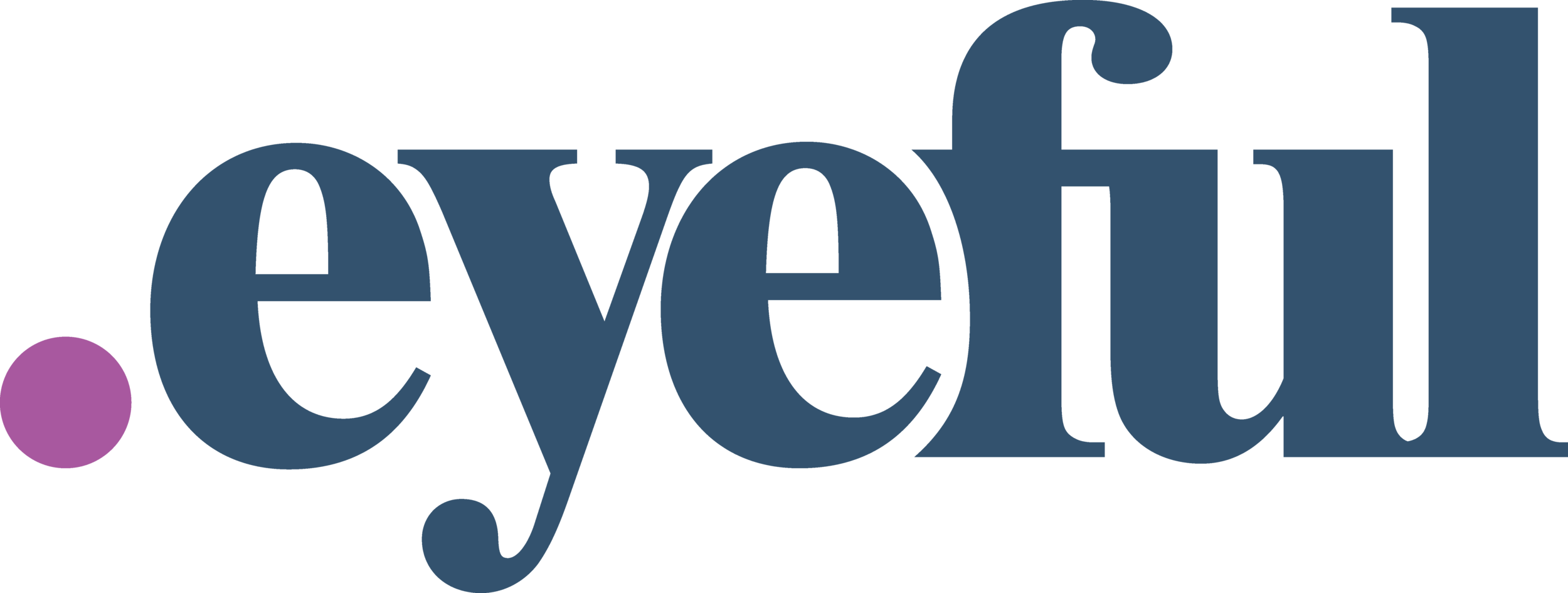How to Integrate Paid and Organic Search Marketing Campaigns to Maximize ROI
Author: Marcela De Vivo, SEO Director at Eyeful Media
Paid (PPC) and organic (SEO) search shouldn’t operate in silos. When each channel is integrated, new growth opportunities are unlocked. Data from one can help fuel the other, creating a more effective, unified search strategy.
At Eyeful Media, we’ve seen how combining PPC and SEO improves ROI for our clients. Here’s how you can apply this approach to increase revenue and profits for your brand.
Why Integrate Paid and Organic Search?
Many companies treat PPC and SEO as separate efforts. But combining them unlocks powerful benefits. This includes:
Maximized SERP Presence: Capture more real estate on search engine results pages with both paid and organic positions.
Spend Smarter: Use PPC data to focus on high-converting keywords in SEO.
Boost Brand Trust: Appearing in both paid and organic results increases credibility, authority, and trust.
Test Before You Invest: Use PPC to test keywords before committing to SEO and content creation strategies.
Step 1: Use PPC Data to Guide Your SEO
Paid search provides critical insights for SEO. High-performing PPC keywords highlight valuable terms you can target in your organic strategy.
Example:
If your paid search campaign performs well for a target keyword but SEO hasn’t focused on it, you can increase SEO traffic by doing so.
Actionable Steps:
Create SEO content targeting PPC keywords that convert into revenue.
Implement an SEO strategy to earn organic rankings for top converting terms.
Test and track results to boost organic traffic.
Step 2: Use SEO Data to Improve Your PPC
Organic insights can enhance your paid search strategy. Keywords that perform well in SEO can be added to PPC to capture more traffic.
Example:
If a keyword drives strong organic traffic, consider adding it to your paid campaign. If this term is not currently targeted by PPC, it is an opportunity to maximize SERP space and increase conversions.
Actionable Steps:
Add high-performing organic keywords to your PPC strategy.
Increase bids on bottom-funnel keywords
Align your PPC ad copy with organic messaging.
Step 3: Optimize Branded Terms
Branded terms are often neglected in SEO. Organic optimization can reduce paid spend and save budget.
Example:
If a client spends heavily on branded terms, we can explore targeting these terms in SEO. This strategy will reduce paid spend and save on budget.
Actionable Steps:
Optimize target pages for branded PPC terms you are spending on.
Reduce paid spend once organic rankings are strong.
Monitor organic traffic to maintain brand visibility.
Step 4: Use a Unified Dashboard
A unified analytics dashboard helps you track SEO and PPC together. Seeing both in one place makes spotting opportunities and optimizing across channels easier.
Example:
Create a Looker Studio dashboard for a client, combining Google Ads and Search Console data. This combined dashboard shows how keywords targeted in both Paid Search and SEO performed in both campaigns.
Actionable Steps:
Identify a target keyword list for Paid and SEO
Create a dashboard that pulls from Google Ads and Search Console.
Track keyword performance across both channels.
Share insights between teams for better collaboration.
Step 5: A/B Test for Continuous Improvement
A/B testing shows you the best balance between paid and organic efforts. Testing lets you optimize your budget without losing traffic.
Example:
We cut PPC spend by 80% on branded terms for one eCommerce client. Organic traffic increased, covering lost paid clicks.
Actionable Steps:
Test reducing paid spend on branded keywords.
Track organic traffic using Google Analytics.
Apply successful strategies across other campaigns.
Final Thoughts: Maximize Impact by Aligning SEO and PPC
SEO and PPC work better together. When aligned, they create a powerful strategy that boosts visibility, conversions, and ROI. The benefits are clear, from leveraging paid insights to improve organic growth to optimizing branded terms for both.
Tools Mentioned:
Looker Studio: For building integrated dashboards.
Google Ads: To track paid search performance.
Google Search Console: For organic search visibility.
SEMrush: To find keyword gaps and opportunities.

